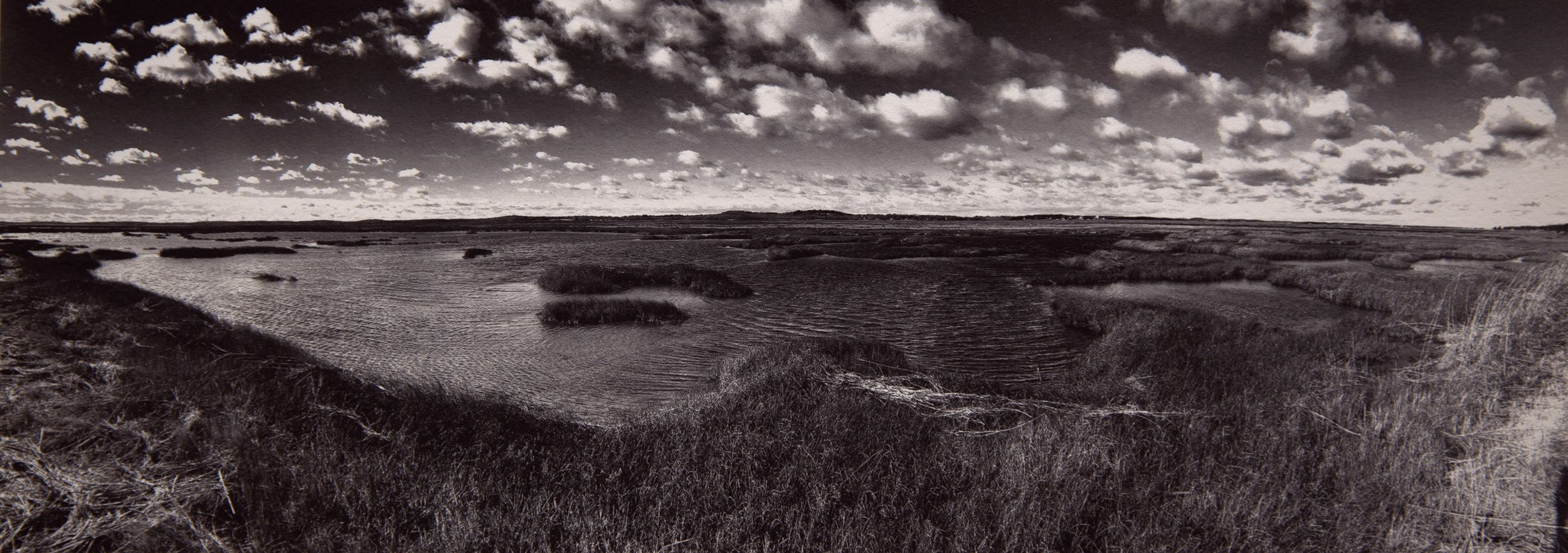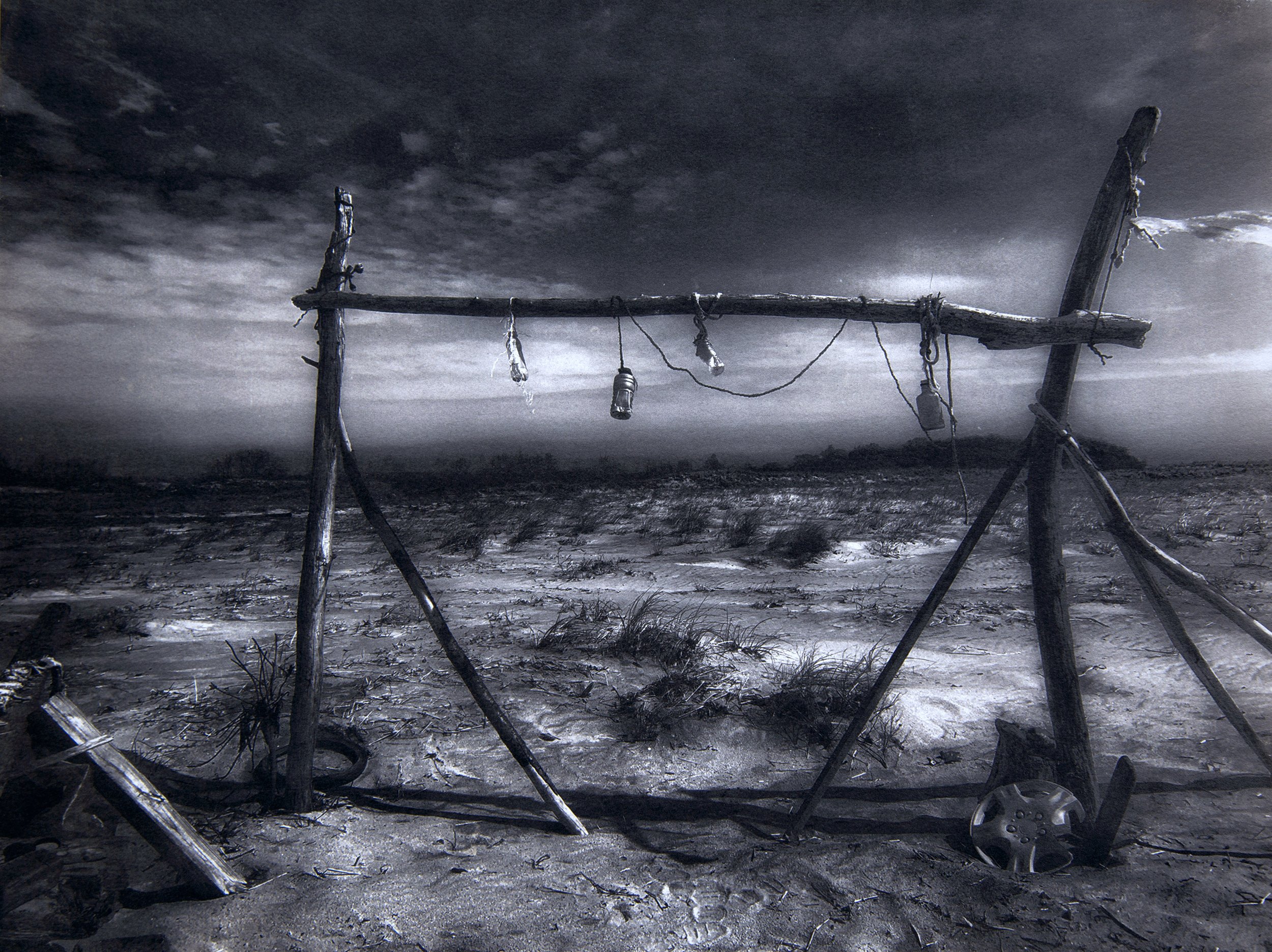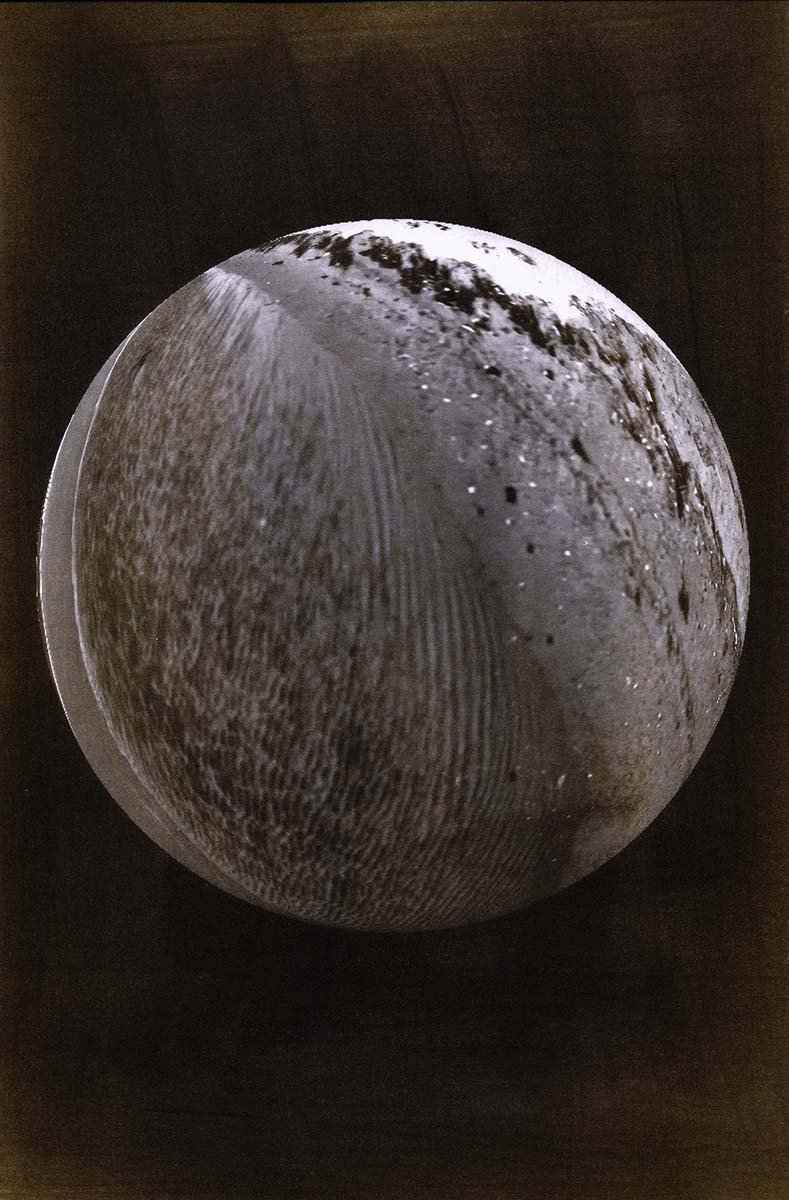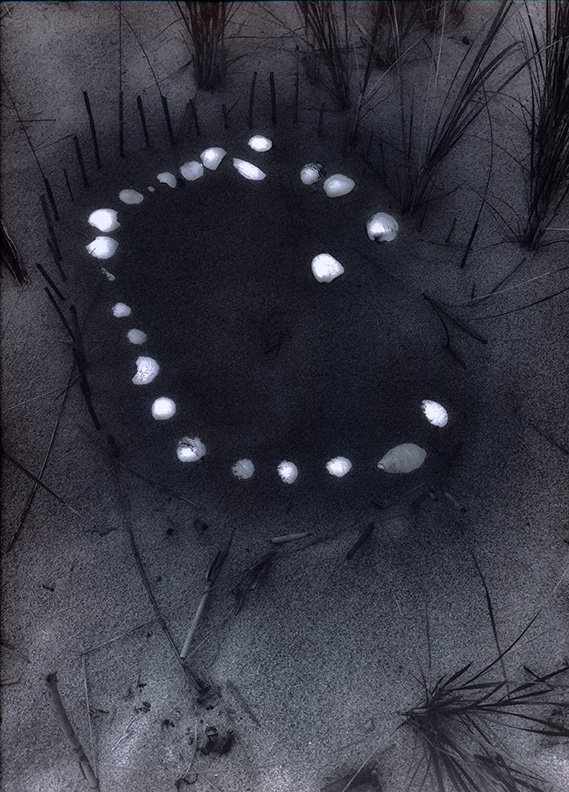ZIATYPE
Instructor: Anne Eder | Dates: April 20 & 21 | Time: 10 AM - 6 PM | Tuition: $493 (Members) $580 (Non-Members) | Requirements: Access to a room where daylight can be excluded. Additional materials necessary, please see description for more information. Materials will need to be bought separately.
Ziatype is a variation on the traditional palladium process that offers advantages in ease of use, flexibility in tone and contrast, and potential for experimentation. This printing out process requires no chemical developer and exposure can be assessed during development, eliminating waste of expensive palladium due to over and under exposure. Contrast and color are controlled by altering drop count ratios of the chemistry used in the sensitized coating. The resulting images are extremely stable and the possibilities for variation are virtually unlimited. This course is suitable for anyone interested in producing very stable prints with a long tonal range.
Class will be held on zoom and knowledge of photoshop is an advantage. On the first day of the workshop, students will begin by learning how to generate a digital negative best suited for Ziatype printing and produce first prints. On day two, students will continue to practice and start to explore how adjusting the sensitizer affects the tone and contrast of the print. A formal darkroom is not required, any room where daylight can be excluded is adequate. Students will need trays to hold paper, gloves or tongs, a shot glass equivalent, Ziatype kit from Botswick and Sullivan, and an optional humidifier.
MATERIALS LIST REQUIRED
1 Ziatype chemistry kit from Bostick & Sullivan available here.
A split back contact printing frame or glass and clips
A quality brush for coating roughly 2 ½ inches wide
Some paper for coating your sensitizer. Hahnemühle platinum rag is highly recommended. Available here.
Pictorico transparency for printing negatives or analog film negatives. This is a contact printing process so images will be the same size as the negative. Pictorico available here.
Several trays for processing big enough to fit your paper. Glass baking dishes will work if you don’t have photo trays.
Gloves, tongs, a shot glass for mixing sensitizer. Glass for brushes. Distilled water. Pencils for making notes on back of paper. Citric acid optional.
A full-on darkroom is not necessary. Students will need a dim room and running water for rinsing.
Students will need a computer with their choice of photo editing software and access to a printer for generating digital negatives.
Blow dryer and a small clothes steamer are optional but helpful.
Exposures can be made using the sun or a UV light box.
ANNE EDER holds a masters degree in Photography and Integrated Media, and has studied with Christopher James, author of the Book of Alternative Processes. Her gum bichromate images and studio practice are featured in Gum Printing: A Step-By-Step Manual Highlighting Artists And Their Creative Practice by Christina Z. Anderson, published by Focal Press/Routledge 2017. She is a three-time Julia Margaret Cameron Award winner, including two JMC's and one first place Pollux Award for alternative process. Her work has been exhibited internationally and is held in both public and private collections.
Images © Anne Eder. Courtesy of the artist
A minimum of three students is required for all courses to run. In most cases, our registration deadline is 24 hrs prior to the start time of a workshop/class. If there is a workshop/class you would like to register for but it is not listed or if you have questions, please contact griffin@penumbrafoundation.org.
Please review our Education & Refund Policies
